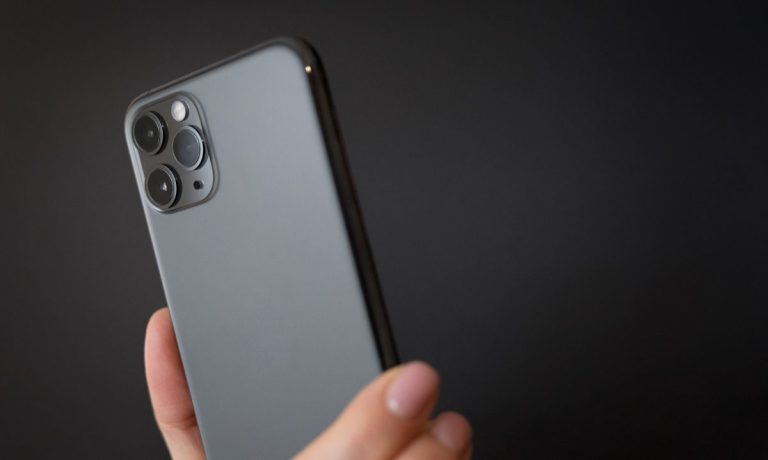
In 2007, smartphones were becoming ubiquitous. Blackberry reigned as acknowledged choice of business types, with models like the Motorola Razr flip defining mobile coolness for others.
Then, at MacWorld Expo on Jan. 9, 2007, the late Steve Jobs walked onstage in his signature black turtleneck with a device that was about to change the world, providing enormous thrust for the concept of digital ecosystems, and in many ways kickstarting the connected economy.
Jobs’ original value gambit versus big competitors was combining Apple’s big personal device breakthrough up to that point — the iPod — with a phone and desktop-style browsing and messaging, losing old-school physical keyboards in favor of touchscreens and a “home” button.
We may be tiring of the word “seamless” in 2022, but revisiting the announcement of that first iPhone 15 years later, it’s striking how much Apple relied on what, at the time, was not at all familiar to smartphone users: an elegantly connected user experience eliciting delight.
In that original announcement, Jobs said, “iPhone is a revolutionary and magical product that is literally five years ahead of any other mobile phone. We are all born with the ultimate pointing device—our fingers—and iPhone uses them to create the most revolutionary user interface since the mouse.”
The revolution was just beginning, although not everyone was impressed out of the gate.
Perhaps most famously, Microsoft’s then-CEO Steve Ballmer told USA Today in 2007, “There’s no chance that the iPhone is going to get any significant market share. No chance. It’s a $500 subsidized item. They may make a lot of money. But if you actually take a look at the 1.3 billion phones that get sold, I’d prefer to have our software in 60% or 70% or 80% of them, than I would to have 2% or 3%, which is what Apple might get.”
Later calling it one of his biggest mistakes, in a 2014 Bloomberg interview Ballmer said, “I wish I’d thought about the model of subsidizing phones through the operators. And there was business model innovation by Apple to get it essentially built into the monthly cell phone bill.”
CNBC reported that Ballmer failed to convince founder Bill Gates and Microsoft’s board to compete more hotly with Apple on devices due to changing internet behaviors. That put Microsoft behind and outside the mobile internet curve now dominated by iOS and Android.
Reassessing its own review of that first iPhone, CNET had lamented “a host of missing features, a dependency on a sluggish EDGE network, and variable call quality — it is a phone after all. For those reasons, the iPhone is noteworthy not for what it does, but how it does it.”
Those final four words — “how it does it” — made all the difference. In 2007 about 1.4 million people (likely iPod and/or MacBook owners) plunked down $499 for the novel gadget.
“Just 74 days after the launch of the original iPhone, Apple had sold 1 million units with the phone remaining popular, selling 216.7 million units in 2018, a rate of roughly a million every 1.5 days,” as UPI reported. The rest, as the saying goes, is history.
We’re now on iPhone 13, introduced in September with an array of upgrades from A15 Bionic chips to super high-resolution cameras and usability that would make the first iPhone blush. Hollywood films have been shot using iPhones. The device that many dismissed as faddish today enjoys about 40% of the U.S. smartphone market, and roughly 25% of the global market.
Pretty impressive for a 15-year-old.
See also: On Its Way to a $3 Trillion Valuation, Apple Helped Create the Connected Economy